The Zentangle drawing program has been a part of my life since 2013. I had always wanted to learn to draw and I even made some attempts. Through those efforts I decided that I had no talent and therefore it was useless to try. Then I suddenly discovered something called Zentangle and it has changed how I look at drawing, art in general, and how I respond to life.
The Zentangle 8 step practice is a specific method of step-by-step drawing that makes it accessible to the average person. Each step is designed to reduce the intimidation level and guide the participant through to a wonderful, unexpected result.
As I review the process steps, I will reflect on what it means to me.
The Zentangle 8 Step Process
1. Gratitude and Appreciation
“Get comfortable. Take a deep breath. Honor a moment for gratitude and appreciation.” These words from Rick Roberts and Maria Thomas get us off to a great start by asking us to take a moment to breathe and shift our focus to gratitude.
Shifting my focus to gratitude means setting aside whatever was swirling around in my thoughts and being thankful for the time to draw, and in my case for every breath and moment with my family.
“Taking a breath” has also helped me respond better to unexpected situations. It has caused me to look for the good in people and how I can turn situations into a positive experience.
2. Corner Dots
“Putting down that first mark can be intimidating.” Adding the corner dots for me is like staking out my territory. The key to this statement is “my territory” because it means that I am claiming this paper, the process, and the resulting drawing as mine. It also begins the process of recognizing the boundaries of what I am about to draw.
3. Border
The next step is to establish a border by lightly drawing a line between the dots. These lines are drawn with abandon, no rulers, just simply connect the dots with any kind of line.
This concept really speaks to me as it sets gentle boundary lines for which I can respect and stay inside the lines, or I can ignore the boundaries and see what happens. This is a lot like life for me. I am a first born, type A personality who is also an introvert. It’s a crazy combination! I tend to work within other peoples’ boundaries, but the process of Zentangle has shown me that it is ok to exceed the boundaries and keep going. Following this principle tends to make my life more my own.
4. String
“With your pencil, lightly draw a line or lines that divides the tile into sections.” This is an important part of the Zentangle process. It lowers the intimidation of the blank page one more time and invites me to fill each section with a different tangle. In this way, I can create unique designs each time I draw simply because I use a different looking string.
5. Tangle
This step allows us to select purposeful or random tangles to create our finished piece. We draw these patterns in ink and one at a time. In fact, the by-line of Zentangle is “One Stroke at a Time.”
Zentangle patterns are all made from five strokes in six or fewer steps. Yes, these strokes make up all the Zentangle patterns! So, we CZTs usually say, “if you can sign your name, then you can tangle.”
Choosing tangles is a little like making life decisions. There is seldom only one good answer (there are thousands of tangles available!). My choice often leads me down a direction where I learn something about myself, and I will eventually need to make another decision (choose another tangle for the string space).
6. Shade
“With your pencil and tortillon, add shades of gray to create dimension and depth.” I love that the Zentangle process does not usually pay attention to a light source. This really helps me! I feel quite intimidated by light source. I have spent my entire 48 year career working under florescent lights. Over time, I have come to realize that I don’t really see light in an art sense. It all just blurs together for me.
Zentangle has opened an important art door for me. With mentors like Maria Thomas as founder of Zentangle, Eni Oken from the Online Art Club, and Anica Gabrovec from Zen.Linea, I have grown to understand light source, depth, and contrast more. I’ve diligently tried to employ their techniques in my art.
7. Initial and Sign
Zentangle Inc says to add your initials on the front of the tile and sign and date the back. This is an important step in claiming the art as your very own. It also helps when years later you look back at all your tiles and see that your technique has improved and that you have quietly created your own style.
8. Appreciate
This is the part where we hold our tile at arms length and admire all the good things about it. As a Zentangle teacher I do not allow negative talk amongst my students about their own work or that of others. It is an important part of the program to share gratitude and appreciation in all things.
I think this last step applies to life as much as the other seven. I have so much to appreciate from my husband of 46 years, my four children and 10 grandchildren. I love my teaching business and appreciate all my students and that they teach me as much as I provide instruction for them.
In Conclusion
I hope you have enjoyed my take on the 8 steps of the Zentangle drawing program. My life has been enriched just by knowing them. I follow them as I draw, but more importantly I like to apply the principles to my life.
Have fun and keep drawing!
Nancy






